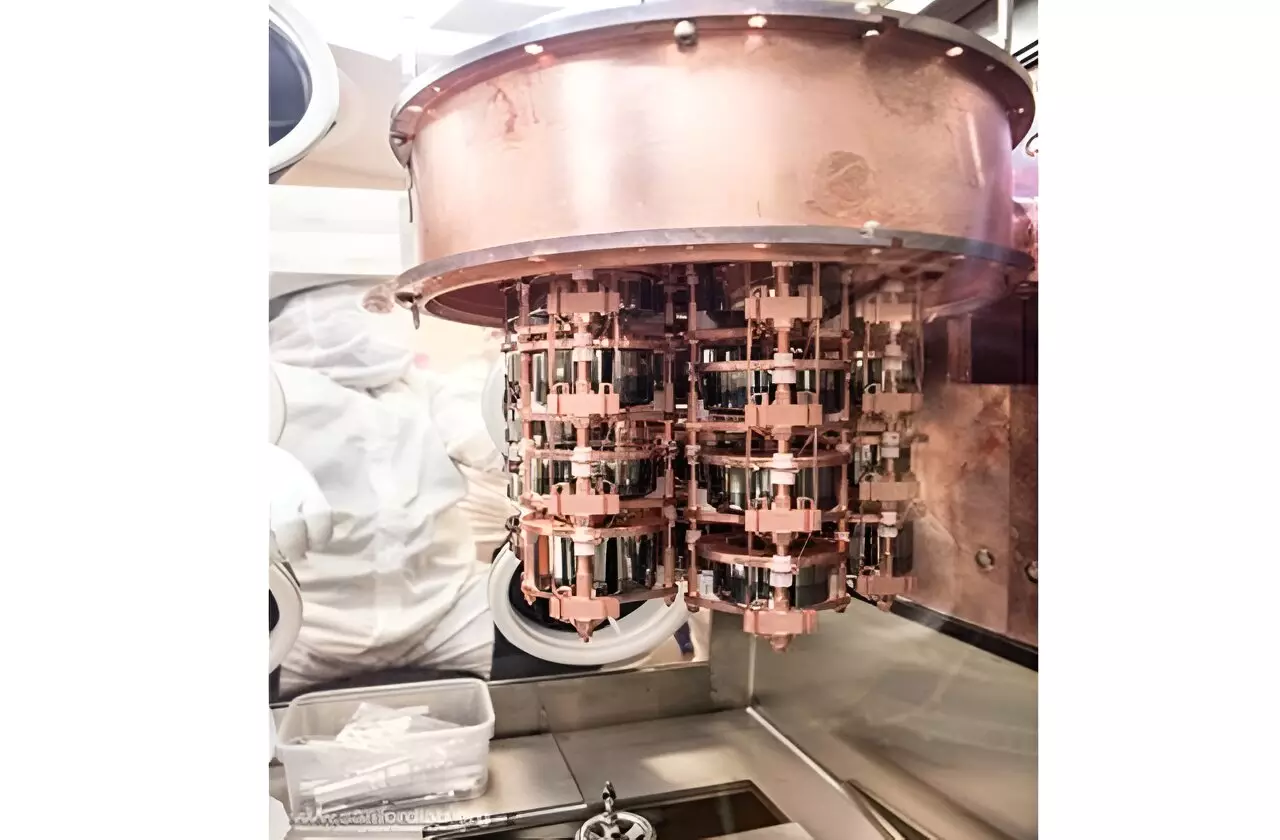Dark matter, a mysterious substance that makes up about 27% of the universe, has been a subject of great scientific interest for decades. Scientists have been studying dark matter based on its gravitational effects on the motion of stars and galaxies. The prevailing theory is that dark matter consists of particles, which interact very weakly with other matter, making them extremely difficult to detect.
To search for dark matter particles, researchers have developed some of the most sensitive experiments ever created. One such experiment is the Majorana Demonstrator, a radiation detector located deep underground to shield it from ambient radiation. Despite its high sensitivity, the Majorana Demonstrator has not yet detected any signals of dark matter particles. This lack of detection has led scientists to update the limits on the possible mass of dark matter in various theoretical models.
A recent study published in the journal Physical Review Letters detailed the results of the Majorana Demonstrator experiment. While the study did not directly detect dark matter particles, it provided valuable insights into the nature of dark matter. By searching for specific types of dark matter and finding no significant signals, the researchers were able to narrow down the characteristics of potential dark matter particles. This approach could guide future experiments in the search for dark matter.
The Majorana Demonstrator experiment at the Sanford Underground Research Facility involved the collaboration of multiple universities and laboratories. This interdisciplinary effort highlights the importance of teamwork in pursuing scientific discoveries. The experiment focused on searching for various types of dark matter candidates, including sterile neutrinos and bosonic and fermionic dark matter. Detecting dark matter would not only provide a better understanding of the universe’s composition but also offer insights into physics beyond the Standard Model.
The quest to unravel the mysteries of dark matter continues to challenge scientists worldwide. While the search for dark matter particles remains elusive, experiments like the Majorana Demonstrator are crucial in pushing the boundaries of scientific knowledge. The recent findings from the Majorana Demonstrator experiment may not have directly detected dark matter, but they have contributed significantly to narrowing down the characteristics of potential dark matter particles. As technology advances and collaborations grow, the hunt for dark matter promises to remain a fascinating journey into the depths of the universe.


Leave a Reply